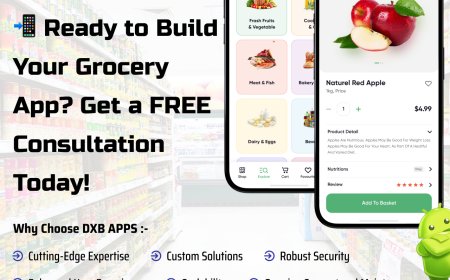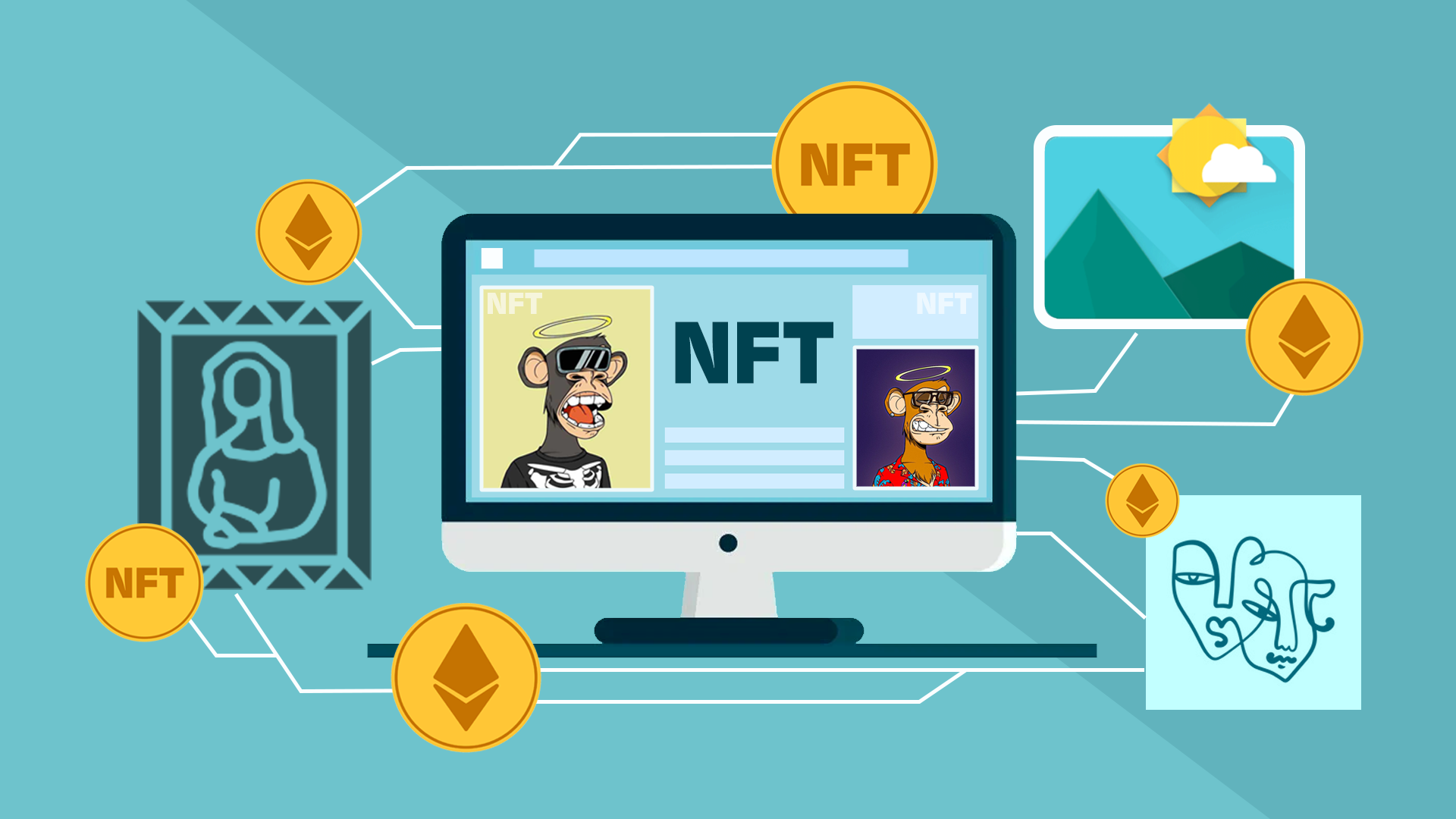Best Practices for Labeling and Managing Product Tags
Product identification and organization play a major role in inventory control, branding, and customer experience. One essential element in this process is the effective use of product tags.
Product identification and organization play a major role in inventory control, branding, and customer experience. One essential element in this process is the effective use of product tags. Whether youre running a retail store, an online business, or managing handmade items, knowing how to label and manage tags properly can boost both efficiency and presentation. Well-designed tags not only provide valuable information but also enhance product appeal. Especially in the case of specialty items like custom jewelry hang tags, preparation and follow-up are essential. This article examines the most effective strategies for product tag design, marking, and maintenance that will optimize business function and customer engagement.
Design Product Tags with Clear, Functional Information
Clarity is one of the largest contributors to effective product tags. A clearly labeled tag will readily display important product information such as name, SKU, size, material, care, and price. For businesses selling high-detailed products like handmade items or jewelry, the tag should also be able to convey the uniqueness of the product. Using high-contrast fonts, simple structures, and correct sizes ensures readability, even at a glance away. It's also crucial to consider the tag materialdurable, tear-resistant paper or cardstock is best for items that will be handled frequently.
For jewelry hang tags, these should have branding elements like logos, color schemes, and typography consistent with your brand image and identity. Adding QR codes or mini icons can provide shoppers instant access to your site, care information, or special offers. Don't fill the tag with useless information. Simple, informative product tags improve user experience and reduce confusion between customers and employees. A business-like tag also raises perceived product value, making it easier to sell at a premium price.
Make use of Uniform Tagging of all Product Lines
Consistency is important when dealing with a variety of product tags. Whether you are dealing in clothes, accessories, or homemade products, having the same size, shape, and label design for all categories makes inventory management easier and improves the shopping experience. This involves using the same size, shape, and label design for all your products within the catalog. Uniform tags assist your staff in easier identification and sorting of goods while making your store appear clean and well-groomed.
Consistency is even more important in the case of custom jewelry hang tags. Jewelry pieces are often small in size and visually intricate, so standardized tags provide clarity and coherence between collections. Having a consistent tagging pattern enables customers to easily compare pieces, spot matching items, and view your brand from a distance. Uniform tags also make certain aspects of your process easier, such as barcode scanning, shipping, and re-stocking.
Applying digital templates and print-on-demand functionality guarantees consistency without manual labor. In case you're working with tags manually, use a reference sheet or digital guide to ensure that new tags are the same as old tags. A single product tags strategy reduces errors and offers a seamless brand experience.
Maximize Tags for Inventory Management Systems
One of the most important applications of product tags is facilitating easier inventory control. An efficient system of tags can integrate directly with your inventory program, allowing easy monitoring of stock, product pick-up, and reporting. This is especially useful for businesses that handle large quantities of inventory across categories or SKUs. The ability to put barcodes or QR codes on every tag allows for quick scanning, hence speeding up receiving, picking, and shipping activities as well as improving accuracy.
For small, high-value items like jewelry, specialty jewelry hang tags that include scannable codes ensure inventory accuracy without visual inspection or manual entry. Time is not only saved but also human error, as well as stock discrepancies, are eliminated. It's important to match the design of the tag with your electronic systemSKU formats, color codes, or price levels should be reflected well on the tag.
Inventory-optimized product tags help you maintain a well-oiled business from warehouse to end customer. They also allow you to analyze at the product level, which gives you visibility into bestsellers, turnover, and seasonal trends. If done properly, tag-based inventory management is an extremely valuable tool for scaling your business.
Enhance Customer Experience With Branded Tags
Other than functionality, product tags are a way to build and reinforce your brand. A tag is often the initial experience of a customer when touching a product, and it serves to represent your brand's personality and values. These are deemed careful design considerations like color palette, logo positioning, slogan, or mission statement. Branded tags create a memorable and lasting shopping experience and show customers that you care about all things.
With custom jewelry hang tags, design is utilized as storytelling. Tags can be employed to emphasize the piece's heritage, the designer's signature, or the line's inspiration. This establishes an emotional connection with the customer and distinguishes your products from mass-market rivals. Adding soft finishes, gold foil, or specialty texture to your tags can also contribute to the luxuriousness of the product and perceived worth.
Even small gestures like thank-you notes, social media pages, or labels of care can improve the customer experience and encourage repeat business. Product labels with branding contribute to a cumulative marketing plan, reminding people about your company and telling others about you. The stronger the brand association, the more valuable each purchase is.
Monitor and Refine Tagging Tactics Periodically
As your company expands, your tagging system will need to adapt. Old product tags lead to confusion, inventory mistakes, and loss of brand attractiveness. It's necessary to periodically evaluate your tag designs, data format, and print processes in order to maintain consistency with your existing product line and operational requirements.
In fast-changing industries like fashion or craft items, trends may necessitate adjustments to tag wording, messaging, or colors. For example, specialty jewelry hanging tags may need seasonal updates or makeovers to stay up to date with your latest collections or brand updates. Having fresh tags does not just appear appealing on your professionalism, but also keeps customers intrigued.
Looking at tag performance indicatorssuch as how well certain tags scan, how fast your customers read them, or how often they trigger social sharescould provide hints on what works. Don't be hesitant to phase out outdated tag designs or try new layouts to simplify performance and appearance. A flexible, current product tags system keeps your tagging aligned with your products and continuous with your business goals.



































